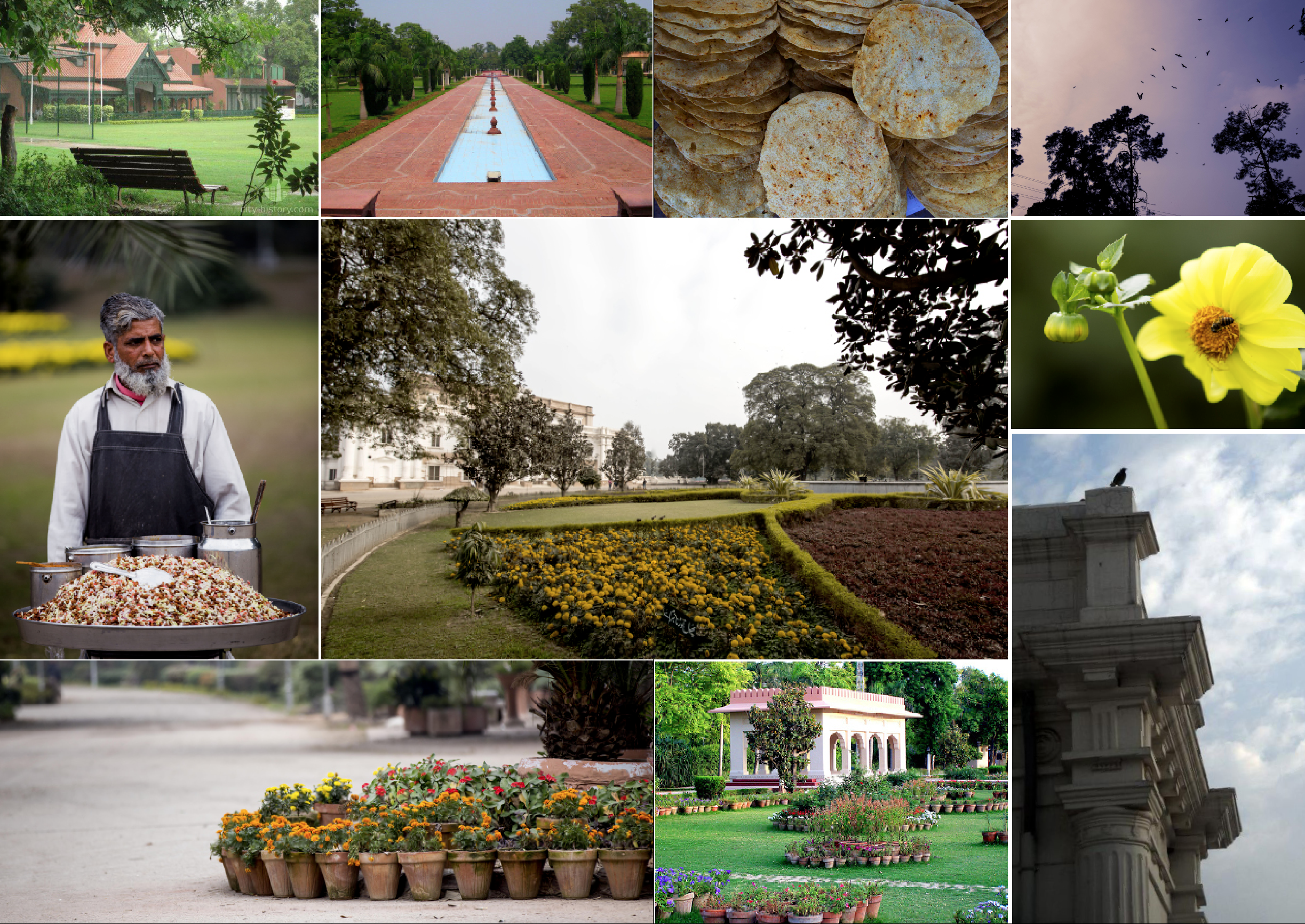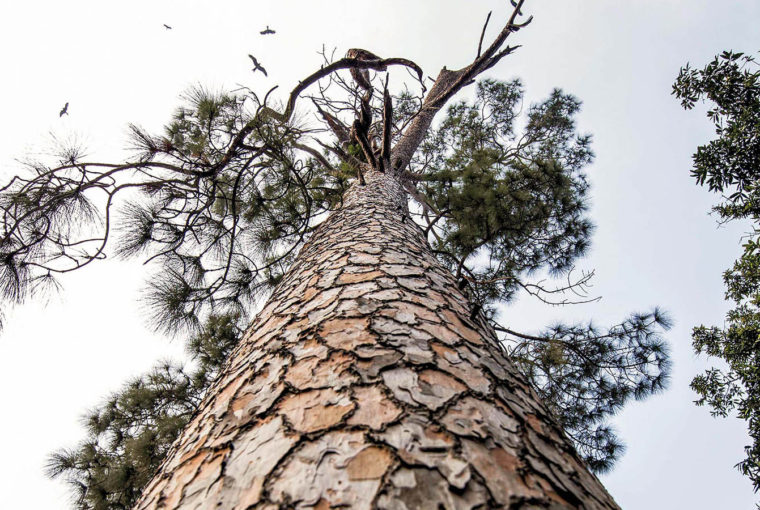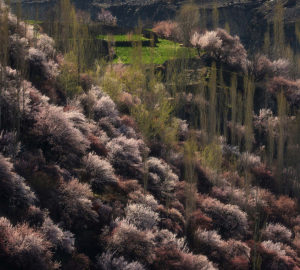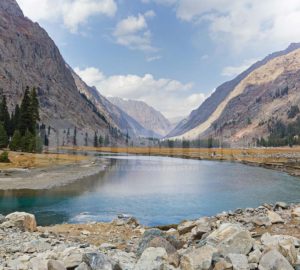The Mall, one of Lahore’s main arteries as well as a remnant of the city’s past as an important imperial outpost, rarely sleeps. Housing grand colonial structures such as the Governor House, Aitchison College, the Lahore Museum and Charing Cross, it is not only the of various government offices but also a hub of commerce, culture and education that witnesses a seemingly endless stream of activity. In the midst of the commotion, however, Mall Road offers its visitors a place of splendid serenity, an oasis of natural beauty steeped in a rich history.
Lawrence Gardens, renamed Jinnah’s Garden post-independence, remain one of Lahore’s most notable attractions, dating back to the mid-19th century. The wide pathways lined with majestic trees, vast green expanses and well-manicured lawns are reminiscent of a typical English garden; and the resemblance is no mere coincidence.
Originally built as a botanical garden modelled on London’s Kew Gardens, the park was named after John Lawrence, who served as Governor General and Viceroy of India from 1864 to 1869. Built soon after the annexation of Punjab by the British in 1849, it reflected the might of the growing empire as exotic species of plants were collected from British colonies around the globe to be planted at the new garden in Lahore.

Currently, the botanical gardens are contained within an area of 7 acres and are managed by the Government College, Lahore.
The imposing structure of the Quaid-e-Azam library is one of the park’s most magnificent features and the history of the Victorian-style building is an interesting one. It started off as two halls, named Lawrence Hall and Montgomery Hall, built between 1861 and 1866. In her book titled Lahore: The Architectural Heritage, Lucy Peck writes:
“The Lawrence Hall was the first of these to be built. It was used for public meetings and theatrical entertainment. Montgomery Hall was built behind it in 1866, in tribute to Sir Robert Montgomery, second Lieutenant-General of Punjab, and was significantly altered, with a new roof and floor ‘for rinking [roller-skating] and dancing’, in 1875. It was mainly used for ‘grand balls and Darbars’.”
By 1878, the two halls became the birthplace of the Lahore Gymkhana, originally founded as The Lahore & Mian Mir Institute. Aimed at providing social and recreational activities to Lahore’s elite, the club housed a ballroom and a smaller room for cocktail dances, bars, billiards and table tennis. The club had its own cricket ground within the gardens as well as tennis courts.
The halls were taken over the Punjab Government in 1972, and the club shifted to its current premises on the Upper Mall. Since the 1980’s, the buildings have been in use as a reference library called Quaid-e-Azam Library, with an impressive collection of 125,000 volumes, both in English and Urdu.
The Gymkhana cricket ground, still run by the club, is arguably the most picturesque cricketing venue in the country, and saw the first game being played in 1880. The Maharaja of Jammu and Kashmir and his counterpart of Patiala held regular fixtures against Lahore Gymkhana, the Punjab XI and other teams here.
The ground played host to Pakistan’s first unofficial test match against the West Indies in 1948. A few more unofficial matches later, Lawrence Gardens became a test venue when Pakistan took on India in 1955. New Zealand and West Indies also played a match here before the ground lost its test status due to the construction of Gaddafi Stadium.
Describing the Lawrence Gardens in their early years, Peck says the area was used by the Volunteer Rifles as a range, with the targets placed against disused brick-kilns. “The brick kilns are still there, augmented by bricks collected elsewhere, piled up to make significant hills; one of them was flattened at the top for people to sit out on in the evening.”
Many Lahoris have fond memories not only of these hills, but also of the magical trees that have witnessed years of history, the winding trails that have seen generations walk down the same pathways and the pristine lawns that have provided a sanctuary to anyone seeking a moment of respite – to simply sit down and take in the wonders of nature and heritage as they mingle exquisitely at this historic spot.






